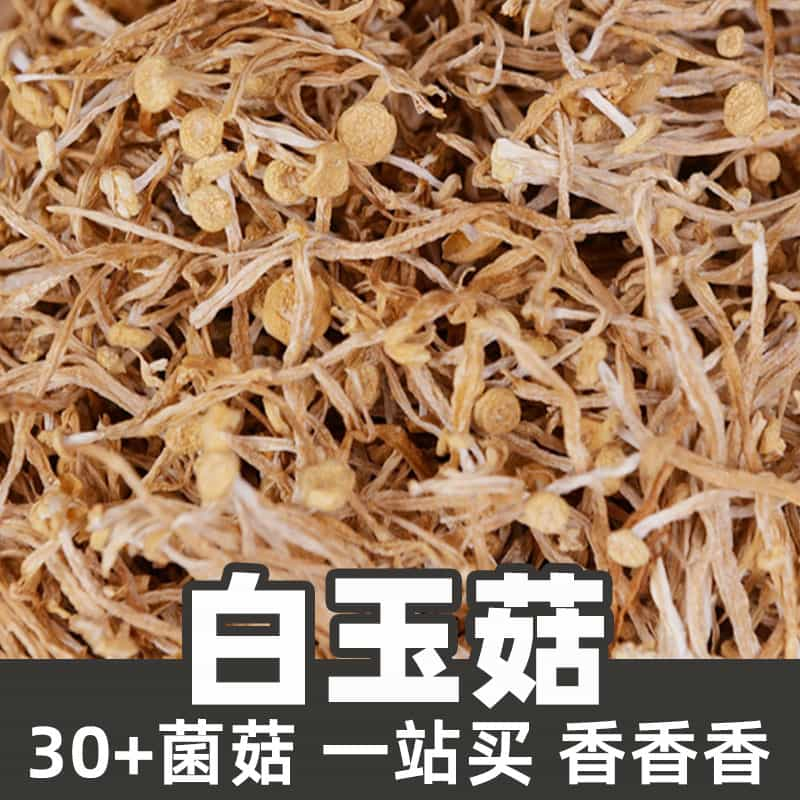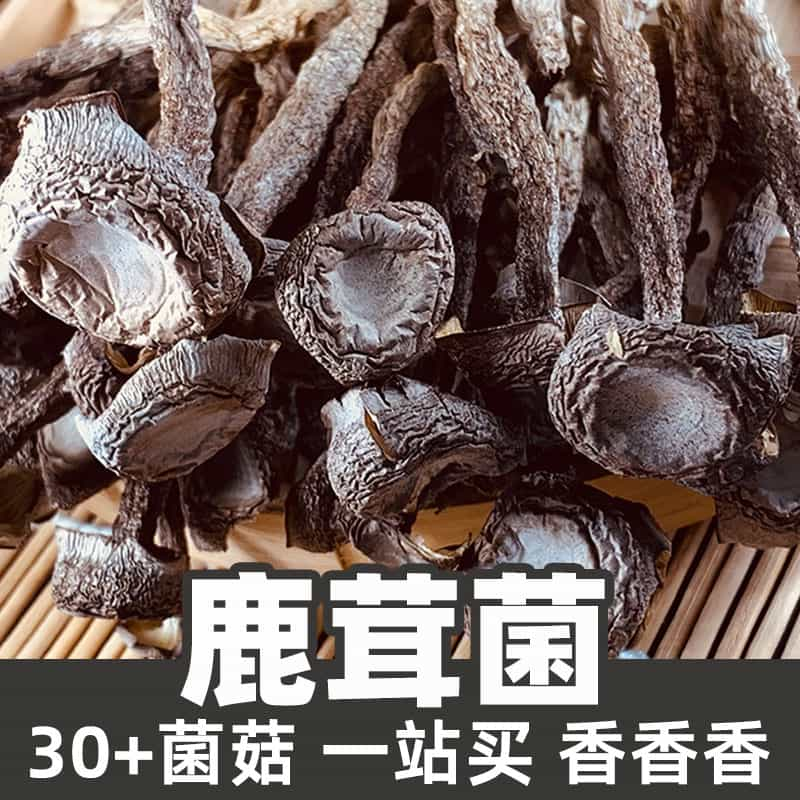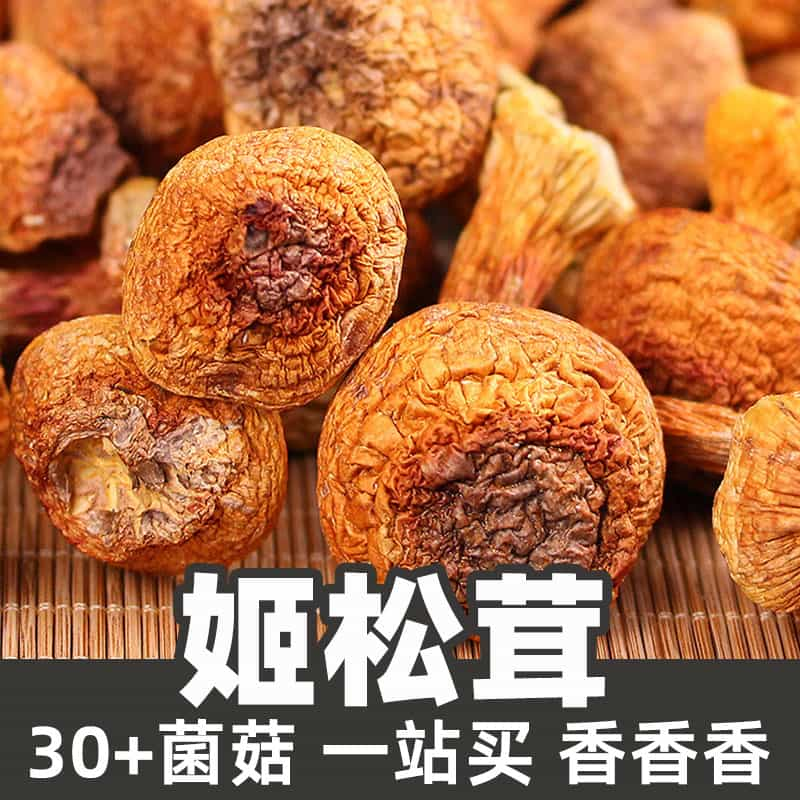Tremella, commonly known as snow fungus, is a fascinating mushroom with a rich history in traditional medicine and cuisine. This gelatinous fungus grows predominantly on decaying wood, primarily found in East Asia. Its striking appearance, resembling a delicate snowflake, has made it sought after not only for its unique look but also for its nutritional benefits. The main components of Tremella include polysaccharides, which are valued for their health-promoting properties, alongside essential vitamins and minerals that contribute to its therapeutic uses. Traditionally, Tremella has been utilized in Chinese medicine for its moisturizing qualities, particularly in promoting skin health. Its popularity has soared in recent years as modern applications extend into culinary arts and skincare, underscoring its versatility and universal appeal.
Tremella boasts a variety of active ingredients that contribute to its health benefits. The polysaccharides, primarily glucans, are one of the main components, providing various bioactive functions, including immune system support and antioxidants. These compounds, coupled with essential amino acids and rich vitamin content (notably vitamin D) contribute to its role in human health. The presence of minerals such as potassium, calcium, and magnesium further enhances its nutritional profile, making it beneficial for bone health and metabolic functions. The hydrating properties found in Tremella polysaccharides are comparable to hyaluronic acid, which is why it is frequently incorporated into skincare. Additionally, Tremella contains several other functional compounds, including phenolic compounds, which offer anti-inflammatory and antioxidant benefits, contributing to overall health improvement.
The applications of Tremella are diverse and increasing in popularity in multiple domains. In culinary contexts, Tremella is used extensively in Asian cuisine, often found in soups and desserts to provide a unique texture and flavor while enhancing the dish's nutritional value. Its ability to absorb flavors makes it suitable for a variety of recipes. In health and wellness, Tremella is praised for its potential to boost immunity, hydrate the skin, and improve overall vitality. As a skincare ingredient, its moisturizing properties help maintain hydration and elasticity, making it a common addition to lotions, creams, and serums. Furthermore, Tremella is increasingly becoming prominent in the food supplement industry, where it is marketed for its rich nutrient profile and potential health benefits. Its adaptability as an ingredient and its numerous advantages make Tremella a valuable addition in both culinary and health-related applications.
Tremella naturally grows in decayed wood and is commonly found in temperate regions, especially across East Asia. Its typical environment includes damp, shaded forested areas where moisture is abundant. Tremella fuciformis is notable for its association with specific trees, thriving on the trunks and branches of deciduous trees, particularly those in the genus Populus, or cottonwood trees. While its natural habitat provides optimal growth conditions, Tremella can also be cultivated for commercial purposes, especially in regions where it is highly sought after. This cultivation involves creating environments that mimic its natural habitat, ensuring adequate humidity and substrate availability to promote healthy growth. Geographically, its primary sources are concentrated in China, Japan, and Korea, where it has been harvested for centuries. Recent interest in its health benefits has led to increased cultivation in other parts of the world, expanding its availability and economic impact.
Harvesting Tremella involves careful collection to ensure its quality and viability. It is typically harvested by hand, taking care to remove it from the substrate without damaging the surrounding environment. Once harvested, the mushrooms need to be cleaned gently to remove any debris or wood particles. Post-harvest, the Tremella is usually processed for preservation. The most common method is drying, which reduces moisture content and extends shelf life while concentrating its flavors and nutrients. Proper drying techniques are vital to maintaining quality; typically, they involve low-temperature air drying or using dehydrators to prevent nutrient loss. After drying, the product should be stored in airtight containers in a cool, dark place to protect its properties from light and moisture. This storage method allows Tremella to retain its quality for several months. For culinary uses, Tremella can be rehydrated by soaking it in warm water before consumption, which restores its texture and properties effectively.
Monica Sun is a seasoned expert in the natural raw materials industry, with over a decade of experience specializing in traditional Chinese medicinal herbs, spices, and fungi. She is skilled in the sourcing, processing, and application of these materials, emphasizing sustainability and innovation. Monica Sun has contributed to the development of high-quality natural raw materials that serve as essential components in functional foods, pharmaceuticals, and cosmetics, delivering tailored solutions to meet diverse market needs.

















